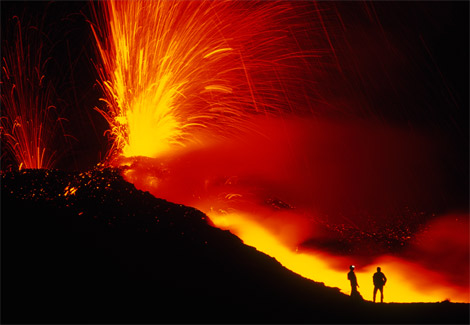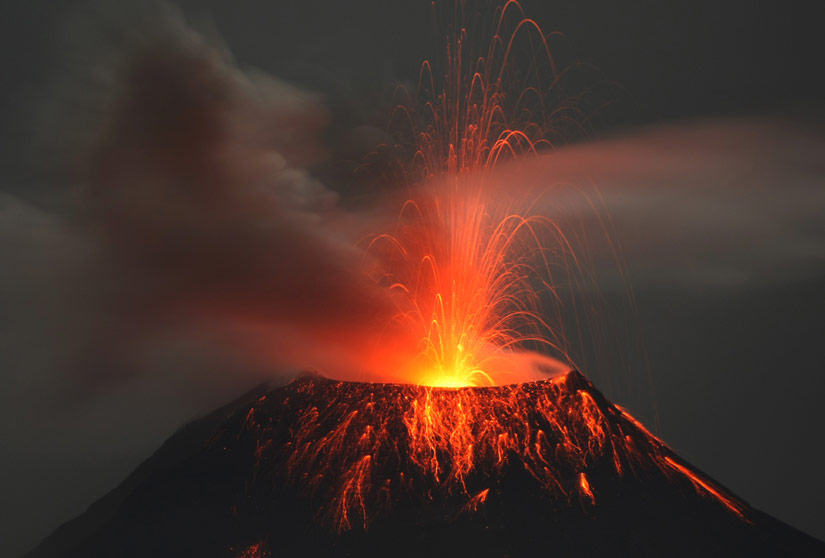Geothermal
Introduction
Geothermal energy is the natural heat of the Earth’s crust which reaches temperatures of over 70,000 C, and about 1KM down the rocks are about 500 C. In some areas there are places called hotspots where the temperature below the surface is higher, and these are generally found where the tectonic plates meet.
How the energy is collected
The way this type of energy is collected is by having reservoirs of hot water that can be tapped into provide energy, and the water is pumped to the surface and used to heat buildings. However, it is not just heat energy that can be generated by using this process; there is also the opportunity to generate electricity as well. It is not just reservoirs that can be used for this type of renewable energy, geothermal can also be accessed by digging into the ground by approximately 3 miles.
The benefits of using this type of energy
The benefits of using this type of renewable energy resource is that the running costs can be very low and in some places such as Southampton, it can be non-polluting as well. Due to the fact that geothermal energy has the potential to offset global warming because the emissions released lower per energy than those of fossil fuels if widely used. There are many countries that can fully utilise this source of energy such as Iceland, Hawaii, Japan, and some parts of America like in California.
The disadvantages
A disadvantage of using geothermal energy is that it can only be used in a few places around the world, where the crust is thin and hot rocks are near the surface. Also, the water that is pumped up to the surface may also contain pollutants such as sulphur in some cases. However, these disadvantages can be considered to be location specific as different regions have different methods and requirements when extracting the energy.
If you require consultancy services or further information please click here.




